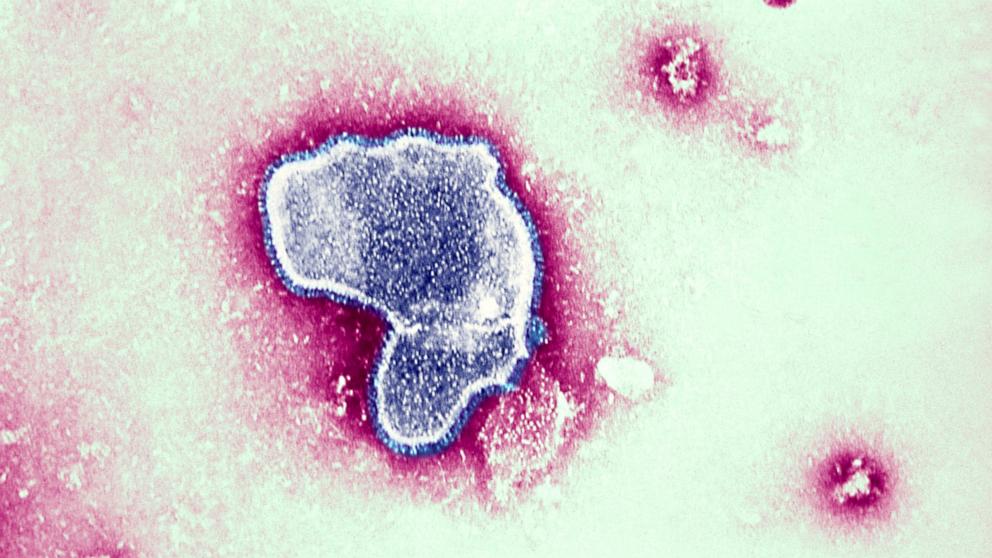With the colder weather now upon the United States, cases of respiratory syncytial virus (RSV) are on the rise countrywide.
As of November 25, there were 8,863 positive RSV tests recorded, according to data from the Centers for Disease Control and Prevention. This number is typical for this time of year, but slightly lower than the previous week’s 9,914 tests and significantly lower than the 16,067 positive tests recorded last year during the same period.
While RSV generally causes mild illness, it can be dangerous for infants, young children, and seniors.
Dr. John Brownstein, an epidemiologist and chief innovation officer at Boston Children’s Hospital, and ABC News contributor, explained, “For the vast majority of people, they will recover. These are things to take seriously and to try to protect yourself, but there’s also no reason for panic.”
To gain a better understanding of RSV and ways to protect yourself and others against it, keep reading.
How RSV spreads
RSV is a common respiratory virus. Nearly all children are infected before their second birthday.
People can get infected by coming into contact with the droplets of an infected person or touching a surface that has the virus on it and then touching their face without washing their hands properly.
Dr. John Brownstein confirmed, “RSV can spread very easily. It’s a virus that can spread in very similar mechanisms, modalities, as other respiratory viruses: cough, sneeze. It can spread touching contaminated objects, such as doorknobs, but generally speaking, it’s transmission via air.”
Similar symptoms for babies, toddlers, kids, and adults
After exposure to RSV, symptoms usually take between four to six days to appear. They may include coughing, sneezing, runny nose, fever, wheezing, and a decrease in appetite in stages rather than all at once. These symptoms are similar for babies, toddlers, children, and adults. However, babies may experience irritability, decreased activity, and breathing difficulties.
Dr. Jade Cobern, a pediatrician at Johns Hopkins, explained that, “For the smallest kids, we really start thinking about RSV when small children present with what we call bronchiolitis, and this is really a pediatric type of respiratory inflammation that affects the smallest airways of the lungs.”
Influenza vs. RSV symptoms
Because RSV symptoms often resemble those of other viruses, it can be challenging to differentiate between RSV and other respiratory illnesses. RSV symptoms typically manifest gradually, while influenza symptoms come on suddenly. Nausea, vomiting, and diarrhea are rare for RSV, but sometimes common with the flu and more prevalent in children than adults.
No specific treatments available
Currently, no medications are developed specifically to treat RSV as most infections resolve within a week. “All of these [respiratory] viruses are very similar, and of course, the treatments are about the same,” Brownstein said. “If you’re older and healthier with no underlying conditions. It’s all about getting plenty of rest and fluids.”
Antibiotics cannot be used to treat RSV, so even in serious cases, treatment would consist of fluids, supplemental oxygen, or ventilation. It’s important to seek medical attention if there are difficulties in breathing.
Elderly and maternal RSV vaccines, shots for newborns
Multiple RSV prevention tools are now available. For adults over 60, there are two vaccines. For babies under 8 months old, there are two monoclonal antibody shots that provide protection. Additionally, certain babies and toddlers between 8 months and 19 months are recommended to receive an antibody shot. Moreover, there is a maternal RSV vaccine given to pregnant mothers in the third trimester. This vaccine passes on antibody protection to the baby, providing defense during their first six months of life.


